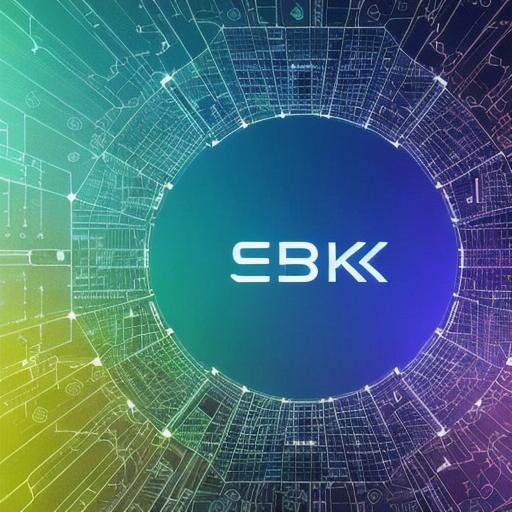Beyond Blockchain: Exploring the True Potential of Web3 Technology

The world is rapidly changing, and technology is at the forefront of this change. One of the most exciting developments in recent years has been the rise of Web3 technology, which promises to revolutionize the way we interact with data and each other. In this article, we will explore the true potential of Web3 technology and how it can be used to create a more decentralized, secure, and efficient world.

Web3 Technology: Beyond Blockchain
Web3 technology is often associated with blockchain, but it is much more than just that. It encompasses a range of technologies and protocols that allow for decentralized data storage, sharing, and governance. These include distributed ledger technology (DLT), smart contracts, decentralized applications (dApps), and more.
One of the key advantages of Web3 technology is its ability to create a more decentralized world. Unlike traditional centralized systems, where data is controlled by a single entity or organization, Web3 technology allows for distributed control of data. This means that data can be stored and shared in a more secure and transparent way, without the need for intermediaries.
Another key advantage of Web3 technology is its ability to create more efficient systems. By removing intermediaries, Web3 technology can enable faster and cheaper transactions, as well as more efficient use of resources. This has the potential to revolutionize industries such as finance, supply chain management, and more.
Case Studies: Real-Life Examples of Web3 Technology in Action
There are already many real-life examples of Web3 technology being used to create more decentralized and efficient systems. One example is the Decentralized Autonomous Organization (DAO), which was created using smart contracts on the Ethereum blockchain. The DAO allowed members to vote on how to allocate resources, and it successfully raised over $150 million in funding.
Another example is the use of Web3 technology in supply chain management. By creating a decentralized ledger that tracks products from production to delivery, companies can improve transparency and reduce the risk of fraud. This has already been done by companies such as Walmart and Maersk, who have partnered with blockchain startup VeChain to create a more efficient and transparent supply chain.
Expert Opinions: What the Experts Say
There are many experts in the field of Web3 technology who believe that it has the potential to revolutionize the way we interact with data and each other. One such expert is Andreas Antonopoulos, a well-known blockchain and cryptocurrency expert. He said, "Web3 technology is not just about blockchain, it’s about creating a more decentralized, secure, and efficient world. It has the potential to change everything from finance to supply chain management to governance."
Another expert, Dr. Gavin Wood, the founder of Ethereum, said, "Web3 technology is not just about the tools, it’s about creating a new way of thinking about how we build systems. It’s about creating a more decentralized and resilient world."
FAQs: Answering Your Questions
Q: What is Web3 technology?
A: Web3 technology encompasses a range of technologies and protocols that allow for decentralized data storage, sharing, and governance. These include distributed ledger technology (DLT), smart contracts, decentralized applications (dApps), and more.
Q: How is Web3 technology different from blockchain?
A: While Web3 technology is often associated with blockchain, it is much more than just that. It encompasses a range of technologies and protocols that allow for decentralized data storage, sharing, and governance.
Q: What are the advantages of Web3 technology?
A: The key advantages of Web3 technology include its ability to create a more decentralized world, as well as its ability to create more efficient systems by removing intermediaries.
Summary: A Brighter Future with Web3 Technology
Web3 technology has the potential to revolutionize








